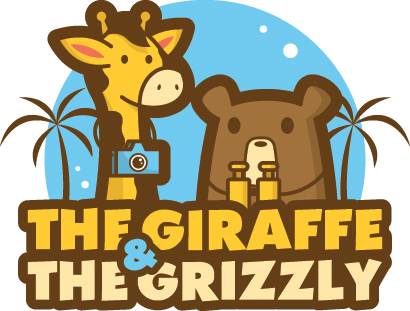Who are lions ?
Scientific name
Panthera leo
Height
1-1.30 m
at the shoulder
Weight
150-260 kg
120-180 kg
Offspring
Cub
Diet
Carnivore
(Impala, Kudu, Buffalo…)
Life span
13-15 years
Is THE LION A PANTHER ?
Yes. According to the scientific classification of species, panthers are members of the subfamily Pantherinae which is the one the lion belongs to. The origin of the word panther also makes sense : “predator of all”. But be careful, when we’re talking about black panther, we’re talking about leopard (or sometimes jaguar). And regarding the pink panther… well, that is another story !
The lions social structure is much different from the one of other cats. They live in communities. It is therefore common to encounter a whole clan made of females and subs led by one or several dominating males. Living this way is an actual advantage for their survival. First of all because it’s easier to hunt as a group than alone. But also because lionness can help each other in raising and educating the cubs.
When young males then reach maturity, they are chased away from the group. Some of them go and live alone, some others makes bachelors alliances. Once again, unity makes strength ! They will eventually someday form their own clan and they might do so by challenging current dominating males…

Generally, females are the ones who go hunting. In a group of potential preys, they spot the individual which seems to be the easier to catch : one that wander a little too far from the groupe, a young one, an old one or even a sick one…
Once they have chosen their target, they get closer very quietly and when the time is right, they start to run at full speed. Their goal is to have the animal fall so that they can bite its throat.

This is the maximum speed lions can reach. But they will do so no more than 100 meters !
Popular belief has it that male lions can’t hunt. This is absolutely wrong ! Males just have a very different way of hunting. Males can’t run behind a prey in the open, they are way too big and visible with their manes. They would be spotted from kilometers away ! Male lions hunting tecnique is stalking. They hide in bushes at night, and they jump out of it when a prey comes close.

Where to see lions ?
This is an interactive map, don’t hesitate to mouse over it.
Countries where we have already observed lions in the wild
How to observe lions ?
Lions are not difficult to find. As they fear no-one, they don’t need to hide. We have already encountered two individuals sleeping in the middle of the road ! And once you’ve find them, observing them is also really easy : they don’t run away.
Where to look ? Everywhere ! But let’s say that during the day you might be luckier if you look for them close to a waterhole or someplace where there is shade, like under a tree.


Our tip : If you find sleepy, you hardly have any chance of seeing them moving during the day. You’d better go and come back later when the atmosphère cools down. And then, be patient ! Our evening is the beginning of their day. Wait as much as you can. It is in this kind of situation that we got to see lioness hunting giraffes or cubs greeting their mom when waking up.

Are lions in danger ?
Estimation of the number of lion individuals living in the wild :

Lions are currently classified as a Vulnerable species : the world population has decreased by 50% in the last twenty years. There are huge differences depending on regions. In Southern Africa (Botswana, Namibia, South Africa and Zimbabwe), conservation efforts are paying off and the number of lions in this region has increased by about 10%. This means that in the rest of the African continent, the decrease exceeds 50% over three generations. This classifies lions as an endangered species in these regions.
WHAT ARE THE CAUSES ?
The first cause of decrease is indiscriminate killing by humans in order to protect themselves or their cattle. Then, as usual, a major reason for dropping numbers is habitat loss, to the benefit of urbanisation and agriculture. This habitat loss is combined with packing and bush meats hunting which lowers the number of potential preys. This means lowering the quantity of food available for lions.
But recently a new threat has appeared : lions bones (and other body parts) trade which are used for traditional medicine, both in Africa and in Asia.
Another problem is trophy hunting. Poachers don’t hesitate to go as far as within national parks to kill lions. But if they don’t want to take that risk, they just need to go to lions farms. This kind of place – which outrages us – has developed a lot lately in Africa. Owners make two types of benefit. They keep cubs in cages so that tourist can come and pay in order to cuddle and pat them. And while they’re adults, the same lions are “released” in big enclosures where they will be hunted and cowardly put down to serve as trophies.
Did you like this page ?
Other visitors gave it the following rating : [wp-review]








